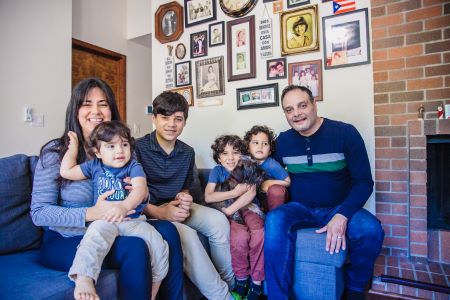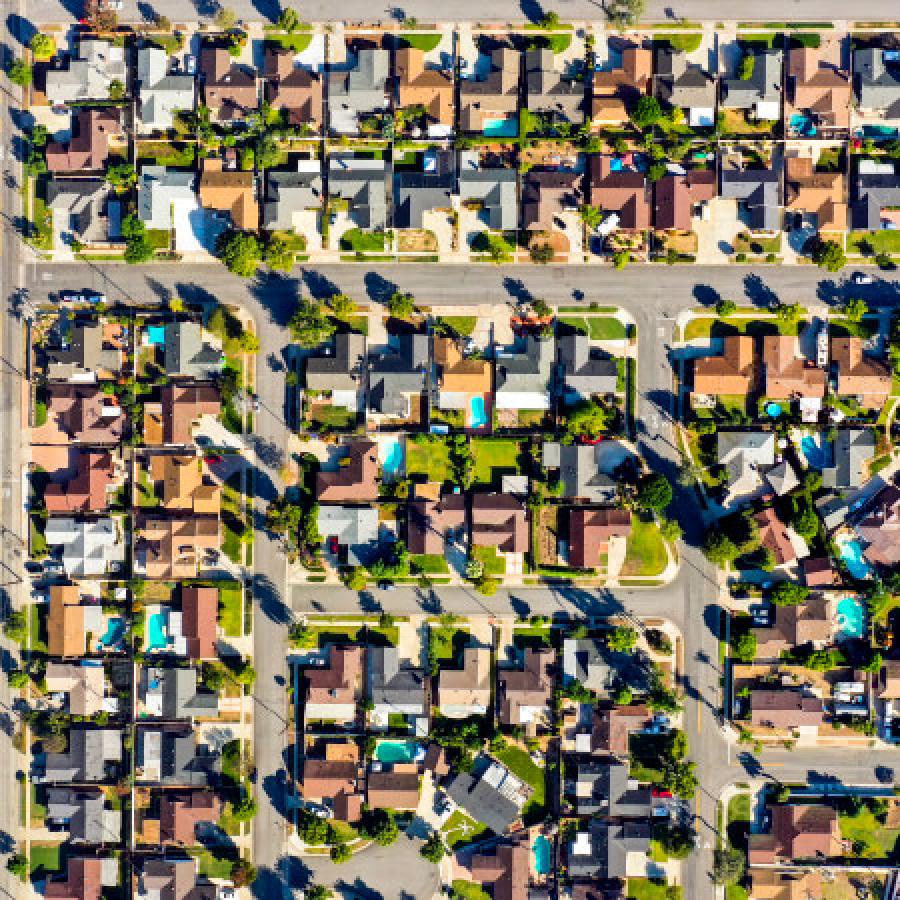Insights & Analyses
- While white households have remained more likely to own their home than people of color households since 1990, white homeownership has decreased slightly from 74 percent in 2010 to 72 percent in 2020. The overall homeownership rate has also decreased from 67 percent in 2010 to 64 percent in 2020.
- In 2020, Maine, Minnesota, and West Virginia have the highest homeownership rates among all states. California, District of Columbia, and New York have the lowest rates. Among top 100 cities, Chesapeake City, MD has the highest homeownership rate (72 percent) while Newark, NJ has the lowest rate (24 percent).
- Overall, immigrants are less likely to own their home than their US-born counterparts. The homeownership rates for Asian American immigrants and Black immigrants are on par with their US-born counterparts.
- People with Somali ancestry and Marshallese ancestry are least likely to own their home out of all racial and ethnic groups for every nativity and ancestry breakdown. Just 10 percent of people with Somali ancestry and 3 percent of people with Marshallese ancestry own the home they live in.
Drivers of Inequity
Persistent disparities in homeownership across race can be explained in part by differences in income levels among White households and households of color. However, the racial wealth gap is also a driving force. The long history of racial oppression and segregation in the United States in which people of color have been dispossessed and excluded from economic prosperity has contributed to a large racial wealth gap: the median net worth of White households was $130,800 but only $17,530 for Latinx households and $9,590 for Black households in 2014. This racial wealth gap, along with racist housing policies such as redlining, has prevented generations of communities of color from purchasing homes. As homeownership remains one of the most widely available and effective ways to increase wealth over generations, the lack of parental homeownership among communities of color today further diminishes the wealth of the current generation and their ability to purchase a home.
Strategies
Grow an equitable economy: Policies to increase sustainable homeownership
- Promote shared equity homeownership models, such as community land trusts, Tenant Opportunity to Purchase policies (TOPA), and limited equity cooperatives.
- Provide down-payment assistance programs for low- and moderate-income homebuyers.
- Enact a strong homeowner bill of rights to guarantee basic fairness and transparency for homeowners.
- Prevent foreclosures and help households and neighborhoods recover from them.
- Implement incentivized and matched savings accounts to help low-income families save for a down payment.
- At the federal level, require Federal Deposit Insurance Corporation insured banks to provide high quality and affordable mortgage products to Black and Latinx households, establish a program to assist with down payment and closing costs for those who currently live or grew up in historically redlined communities, and enact a homes guarantee.
Strategy in Action
Portland’s Proud Ground land trust helps low-income families access homeownership. In 1999, community members and the city of Portland founded Proud Ground (formerly Portland Community Land Trust) to provide access to homeownership for low-income residents as housing prices skyrocketed in the Portland metro region. Since its founding, the land trust has served over 396 first-time homebuyers. The average Proud Ground homeowner is in a family of three, earning 61 percent of the annual median income; 60 percent are female-headed households; 59 percent are families with children; and 42 percent are households of color. To Proud Ground, a family is any configuration of people who make a house feel like a home. In the community land trust model, Proud Ground homeowners receive a fair return on their initial investment and agree to maintain that affordability for the next homebuyer. While still building wealth, the homeowners help future generations of homebuyers have access to affordable homes, like they did. Nationally, land trusts work: foreclosure rates are close to zero percent and seven in 10 homeowners go on to buy market-rate homes. Read more.



